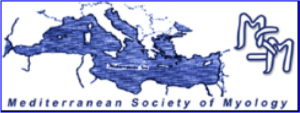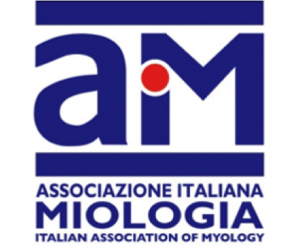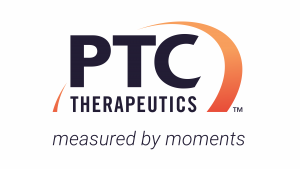Limb-girdle muscular dystrophy (LGMD) type 2A (calpainopathy) is an autosomal recessive disease caused by mutation in the CAPN3 gene. The aim of this study was to examine genetic and phenotypic features of Serbian patients with calpainopathy. The study comprised 19 patients with genetically confirmed calpainopathy diagnosed at the Neurology Clinic, Clinical Center of Serbia and the Clinic for Neurology and Psychiatry for Children and Youth in Belgrade, Serbia during a ten-year period. Eighteen patients in this cohort had c.550delA mutation, with nine of them being homozygous. In majority of the patients, disease started in childhood or early adulthood. The disease affected shoulder girdle – upper arm and pelvic girdle – thigh muscles with similar frequency, with muscles of lower extremities being more severely impaired. Facial and bulbar muscles were spared. All patients in this cohort, except two, remained ambulant. None of the patients had cardiomyopathy, while 21% showed mild conduction defects. Respiratory function was mildly impaired in 21% of patients. Standard muscle histopathology showed myopathic and dystrophic pattern. In conclusion, the majority of Serbian LGMD2A patients have the same mutation and similar phenotype.






